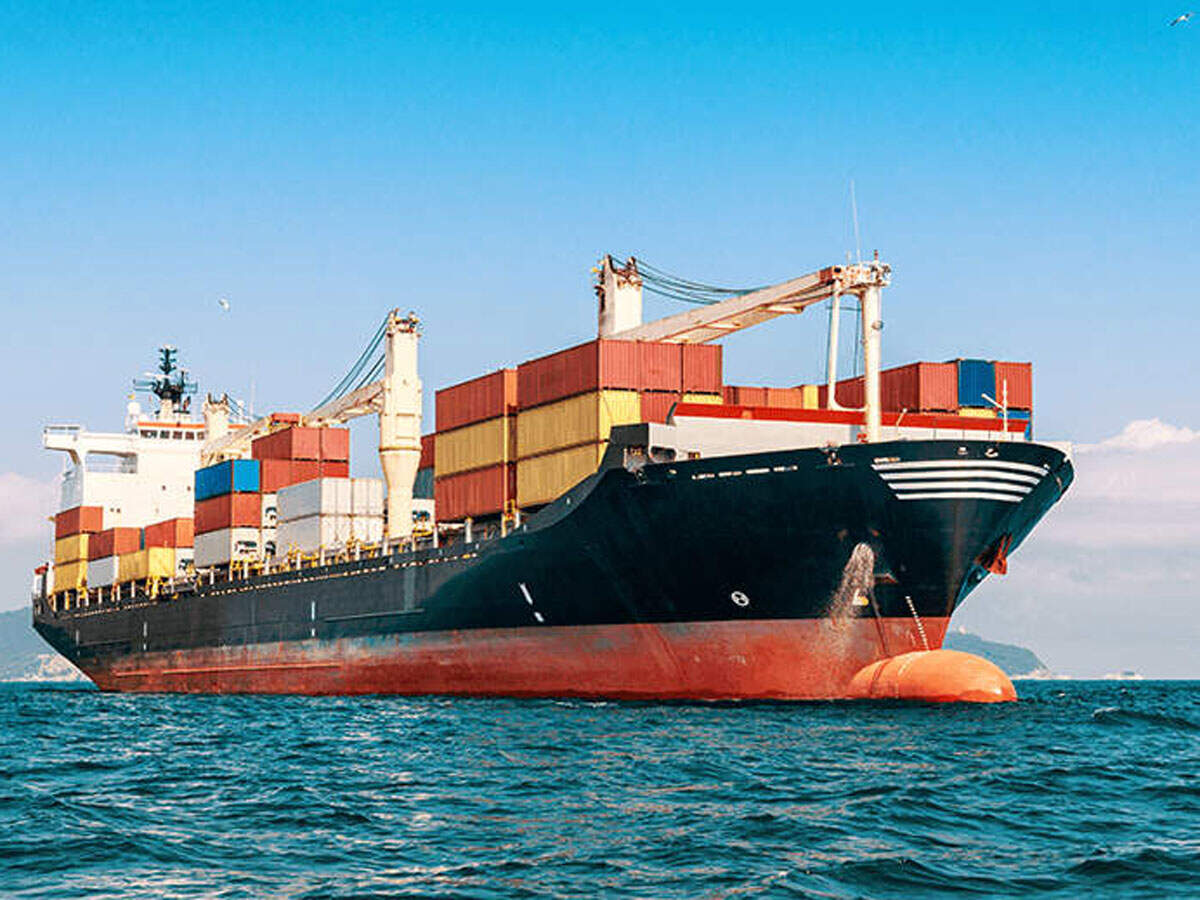
The world’s largest container carrier said trade disruptions that have sent freight rates soaring and overwhelmed major ports may start to ease after the first quarter, disappointing investors but signaling eventual relief for cargo shippers.
A.P. Moller-Maersk A/S Chief Executive Officer Soren Skou said the fourth quarter “was marked on the one hand by a continuous impact of the Covid-19 pandemic but also by some rewarding progress on our strategy to become the integrator of container logistics.”
Looking ahead, Maersk said it expects “the current exceptional situation” of surging demand, supply chain bottlenecks and equipment shortages to continue this quarter “and normalize thereafter.”
Shares in the Copenhagen-based company slumped as much as 10% amid signs freight rates are close to peaking. With capacity fully deployed and new containers coming into service, industry observers expect those volatile spot rates to stabilize and bottlenecks ease by the end of the first half.
“Toward mid-year, I would expect to see a leveling out of these current rate increases,” International Chamber of Shipping Chairman Esben Poulsson said Wednesday. “There will be additional capacity added into the container line system and this demand will be dealt with.”
Shipping firms such as South Korea’s HMM Co. are ordering more containers to address an acute shortage, with cargo stuck at warehouses longer than usual because of lockdowns and workplace restrictions. That’s why the Port of Los Angeles is trying to get its workers vaccinated, Executive Director Gene Seroka said in an interview with Bloomberg TV on Wednesday.
Spot container rates on key trade lanes jumped to records last month. The cost from Shanghai to Los Angeles rose to a record $4,194 per 40-foot container on Jan. 7, while those from the Asian hub to Rotterdam surged to $9,066 on Jan. 21, according to the Drewry World Container Index.
Trade associations in China and other organizations around the world have sounded the alarm.
“I’m very aware of the fact that the regulators are watching us and if required, there could be intervention,” Shipping Corp. of India Chairwoman Harjeet Kaur Joshi said in an interview with Bloomberg TV, without elaborating.
Maersk’s Skou called the oversight of competition authorities “a natural thing” and an ongoing part of a business that takes its pricing cues from market forces. “The reason freight rates have risen as dramatically as they are is simply because there has been more demand than there has been supply,” he said.
In an interview on Bloomberg TV, Jeremy Nixon, chief executive officer of Ocean Network Express Pte., said the logjams at ports and tight supply of containers have incurred “considerable extra cost,” so it’s inevitable shipping rates will go up. He expects the challenges to continue for three to four more months.
For now, though, higher rates have helped to boost earnings at some shipping companies, many of which posted losses in previous years because overcapacity. The ocean liners may also benefit in the months ahead from the higher rates they’re negotiating in fixed contracts, Skou said.
“There is no doubt that contract rates are rising,” though at varying degrees depending on the route, he said. “We have renewed 40% of our contract portfolio and we are seeing sharply rising rates.”
Maersk said it expects profit to grow as much 27% this year. HMM, South Korea’s biggest shipping line, reported its first annual operating profit in 10 years in 2020.
The shipping industry could still face challenges over the next three to four months, but “hopefully in the summer, we can get back to what we call a steady operation and get our ships back on schedule and get our customers handled much more efficiently,” Nixon said.